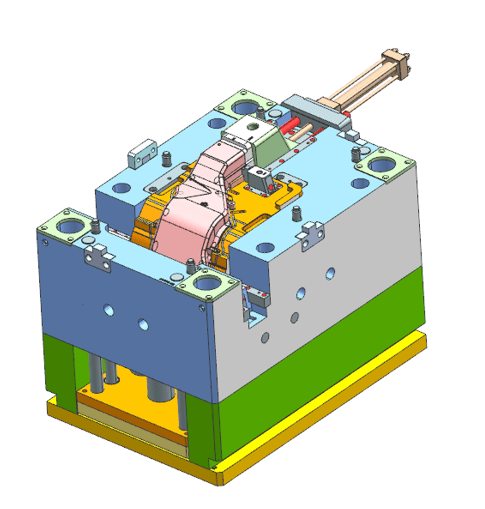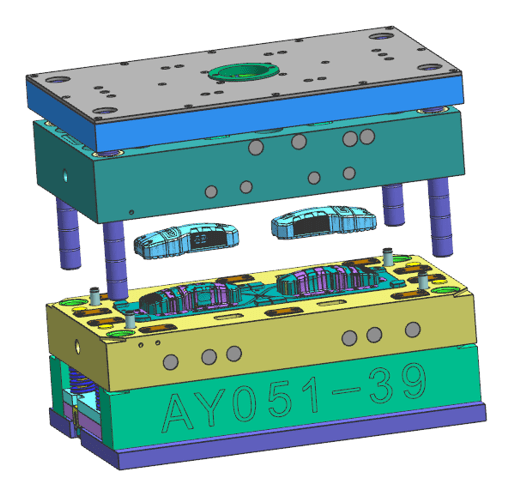The importance of mold design
The mold design process is critical to ensure the production of high-quality products. It involves several steps, including determining the product design requirements, selecting appropriate mold material, designing the mold structure, conducting mold flow analysis, selecting appropriate processing equipment, performing mold testing and adjustments, and establishing a mold maintenance plan.

Determining the product design requirements is the first step in the mold design process. This involves understanding the design requirements of the product, such as size, shape, and material. The design requirements help to determine the size and shape of the mold to ensure the final product matches the design requirements.
Selecting appropriate mold material is also crucial. Each material has different strength, hardness, and wear resistance properties. When selecting a material, factors such as product material, production volume, and budget must be considered.

Designing the mold structure involves determining the shape, size, holes, protrusions, and other features of the mold. When designing the mold structure, product shape and size, as well as specific production requirements, must be taken into account.
Conducting mold flow analysis helps to determine the mold structure to ensure the product can be evenly filled within the mold. This is a crucial step in ensuring product quality.
Selecting appropriate processing equipment can help to improve production efficiency and reduce costs. Factors such as mold size, shape, and material, as well as the capability and reliability of processing equipment, must be considered.
Performing mold testing and adjustments is necessary to ensure the mold can produce high-quality products that meet product requirements. Testing and adjustments include mold flow analysis, temperature testing, durability testing, and more.

Establishing a mold maintenance plan is important to ensure long-term use of the mold. This plan can help to extend the life of the mold, reduce production downtime, and improve production efficiency.
